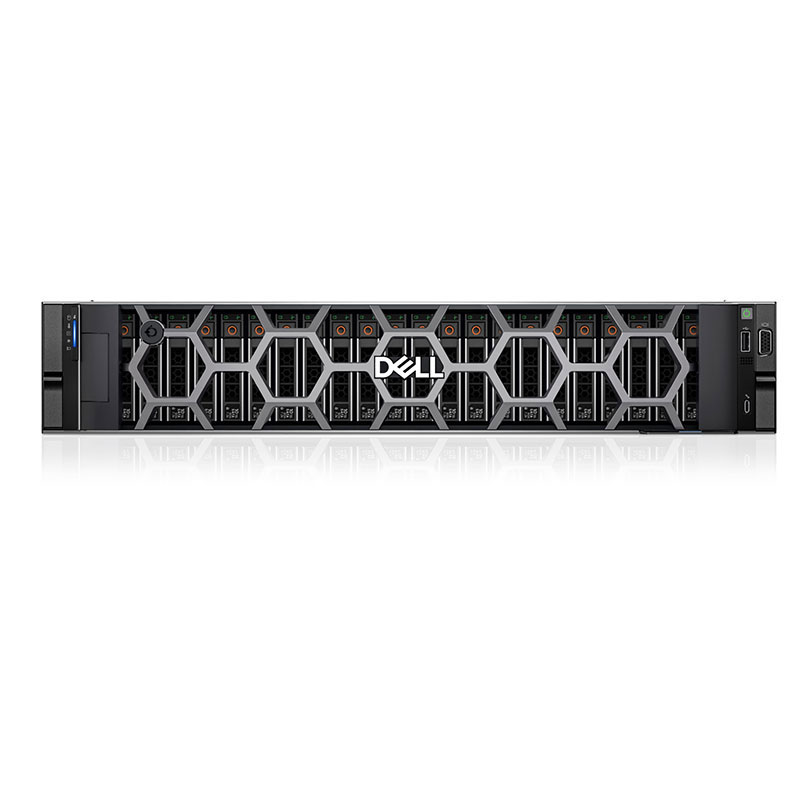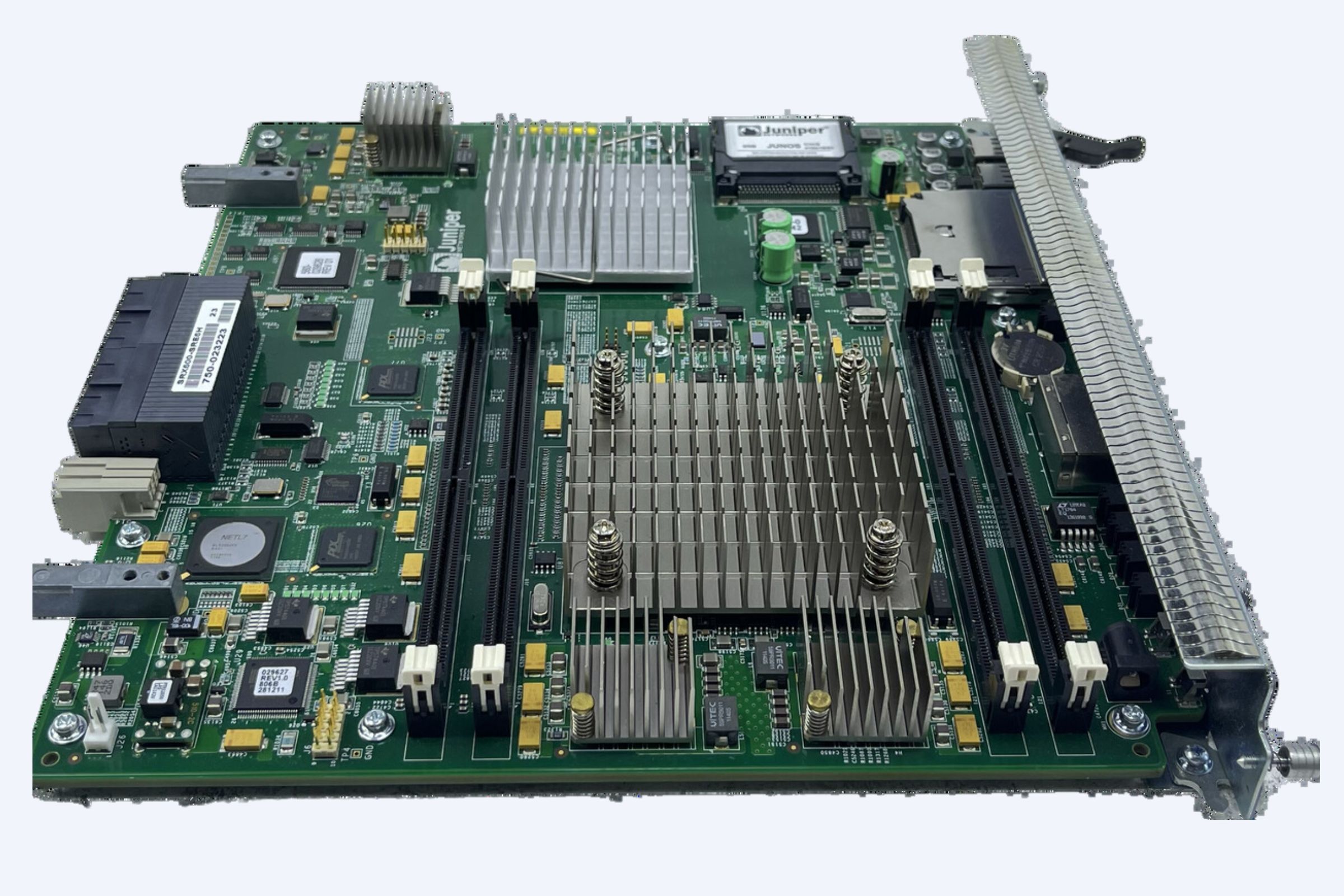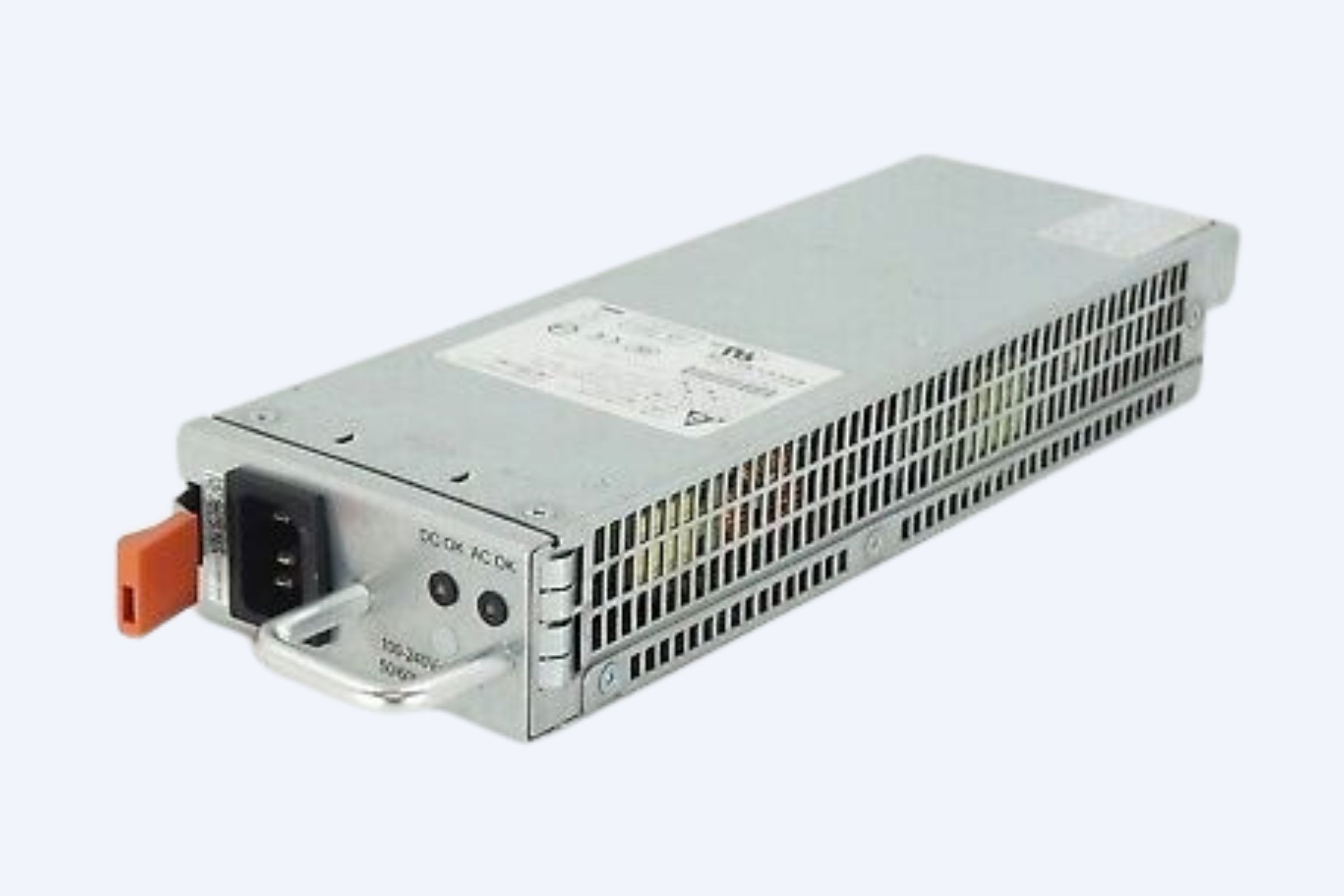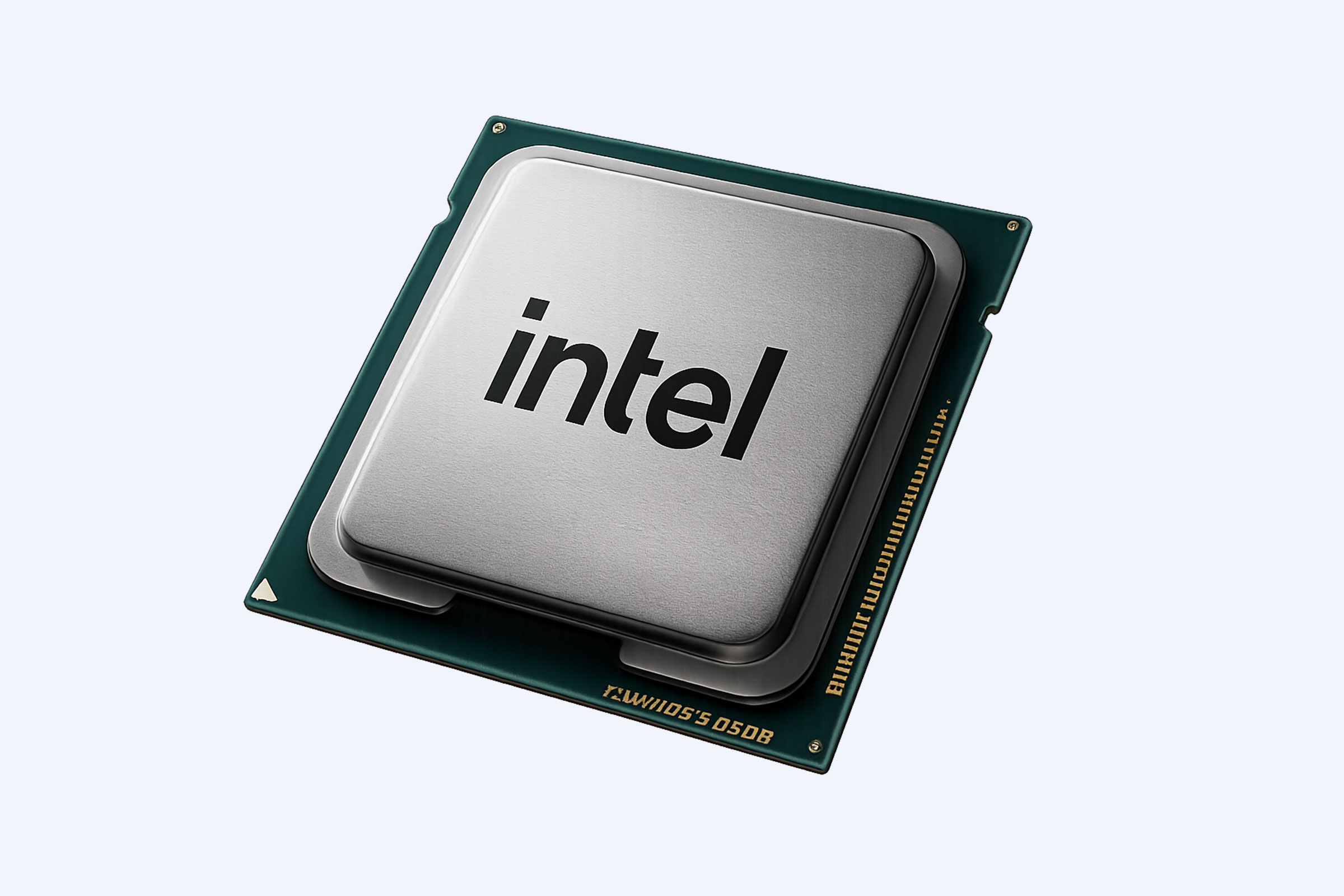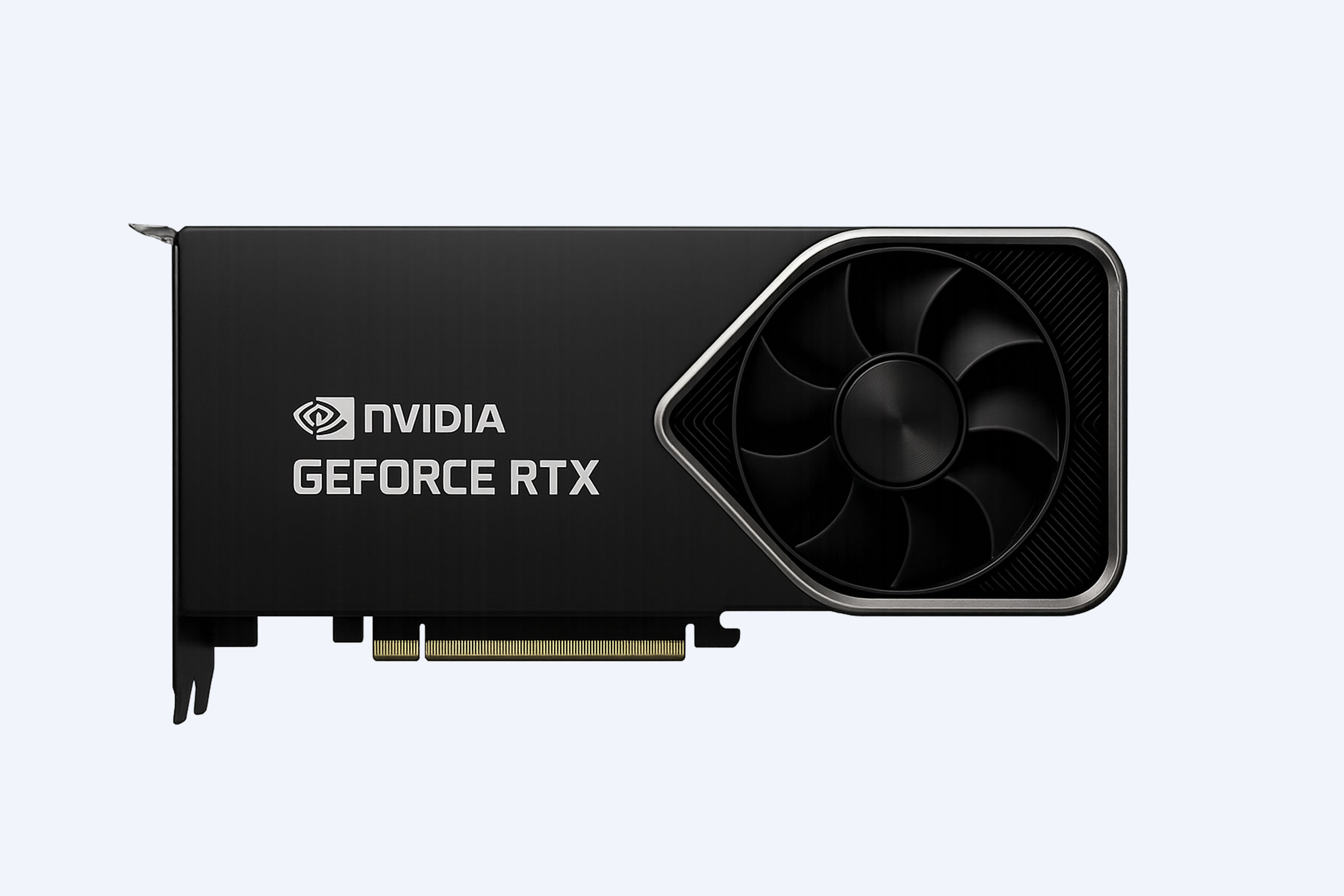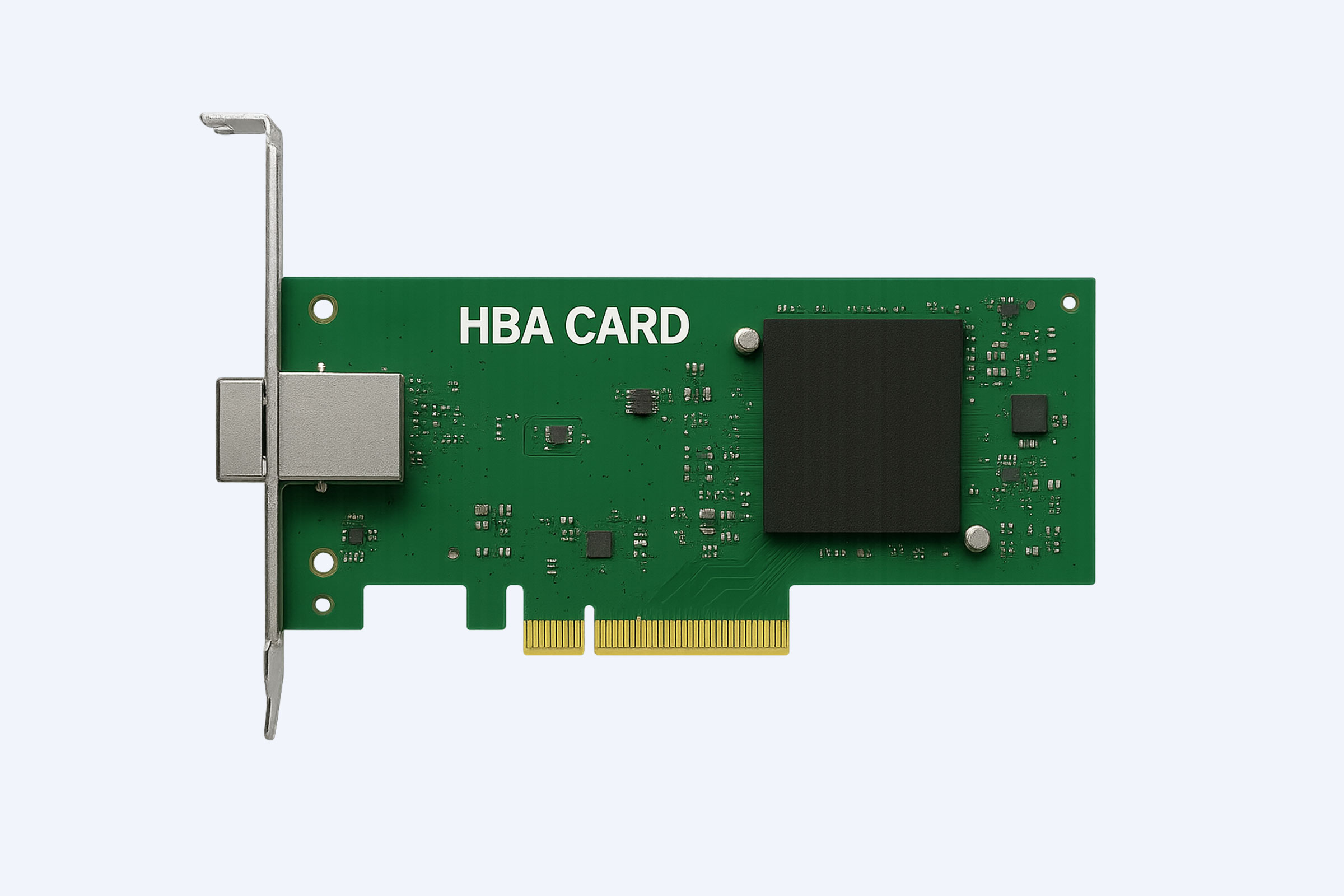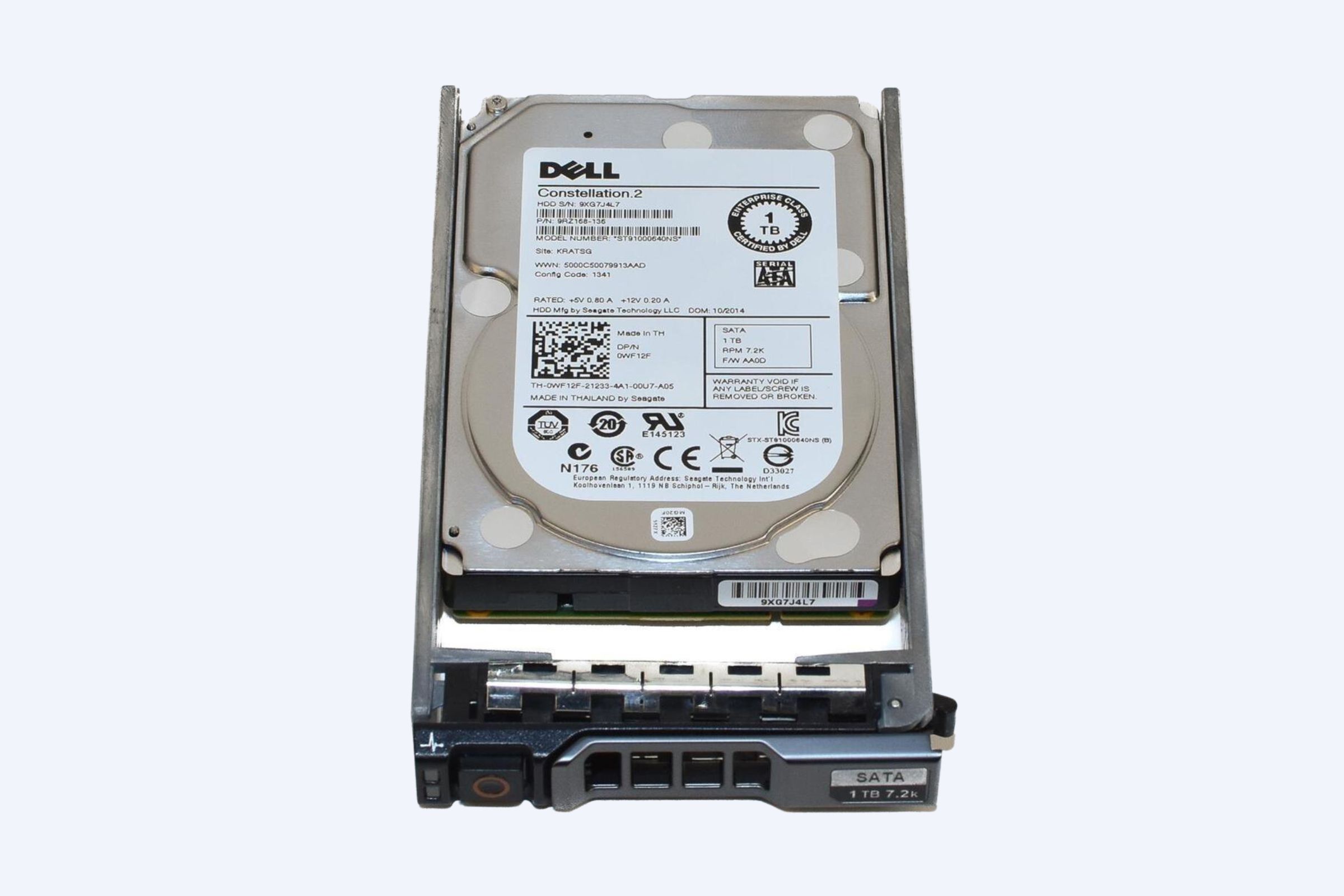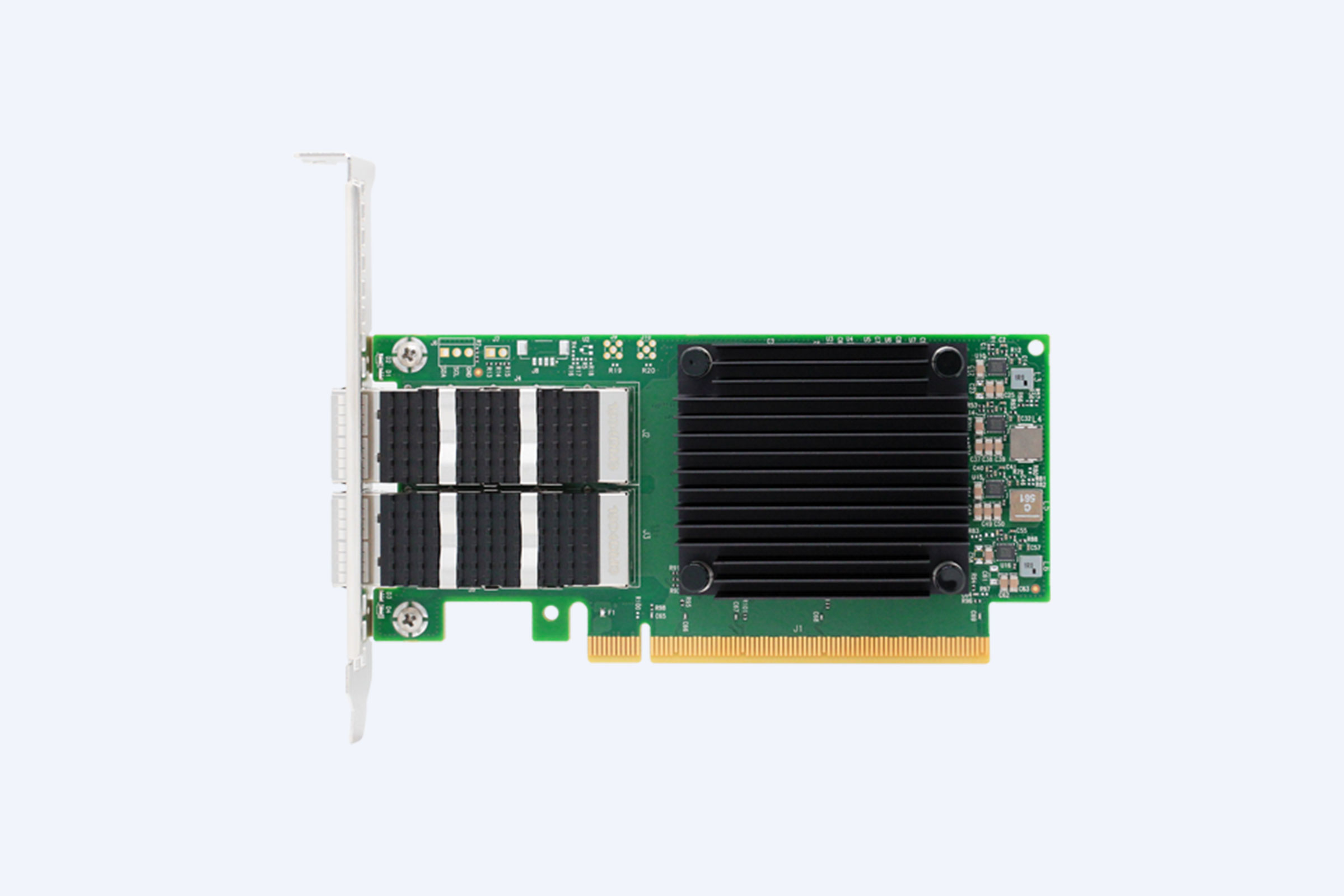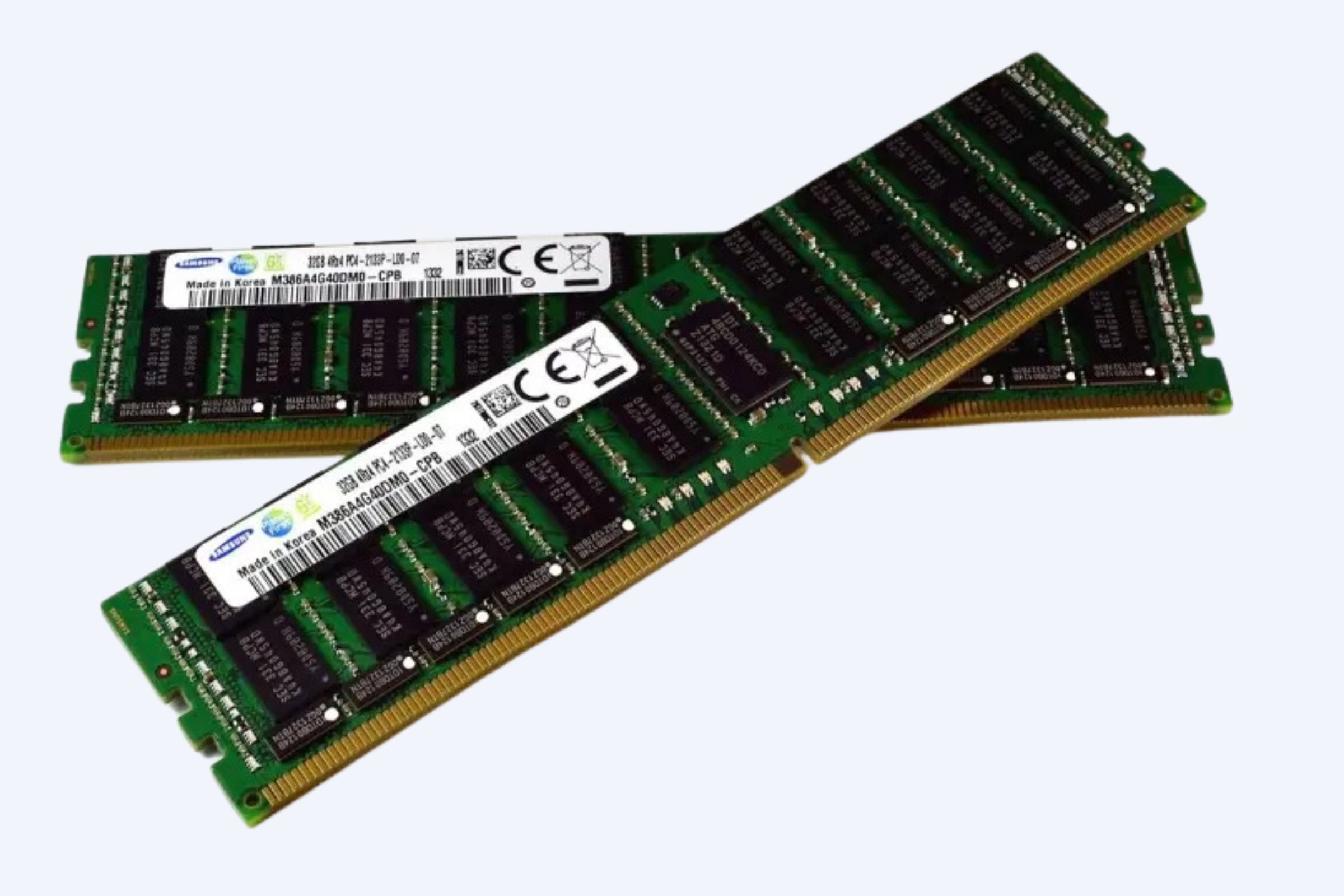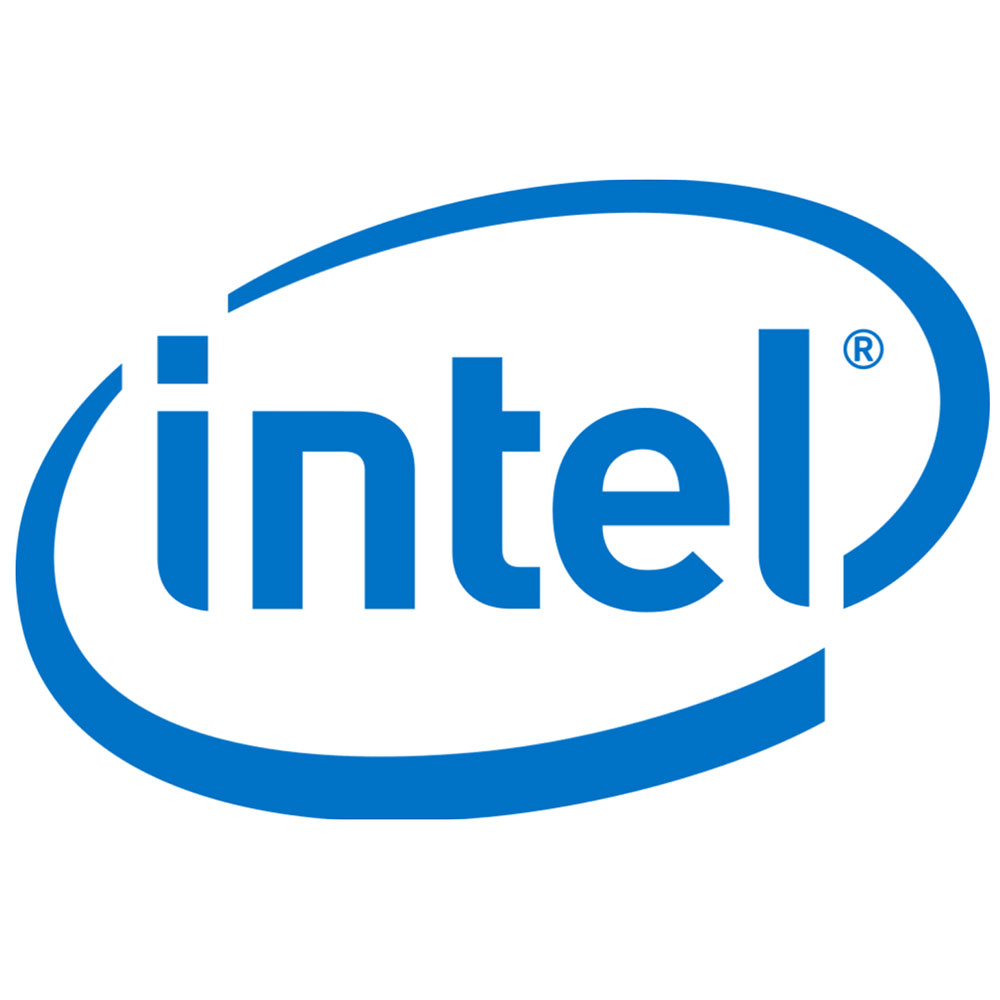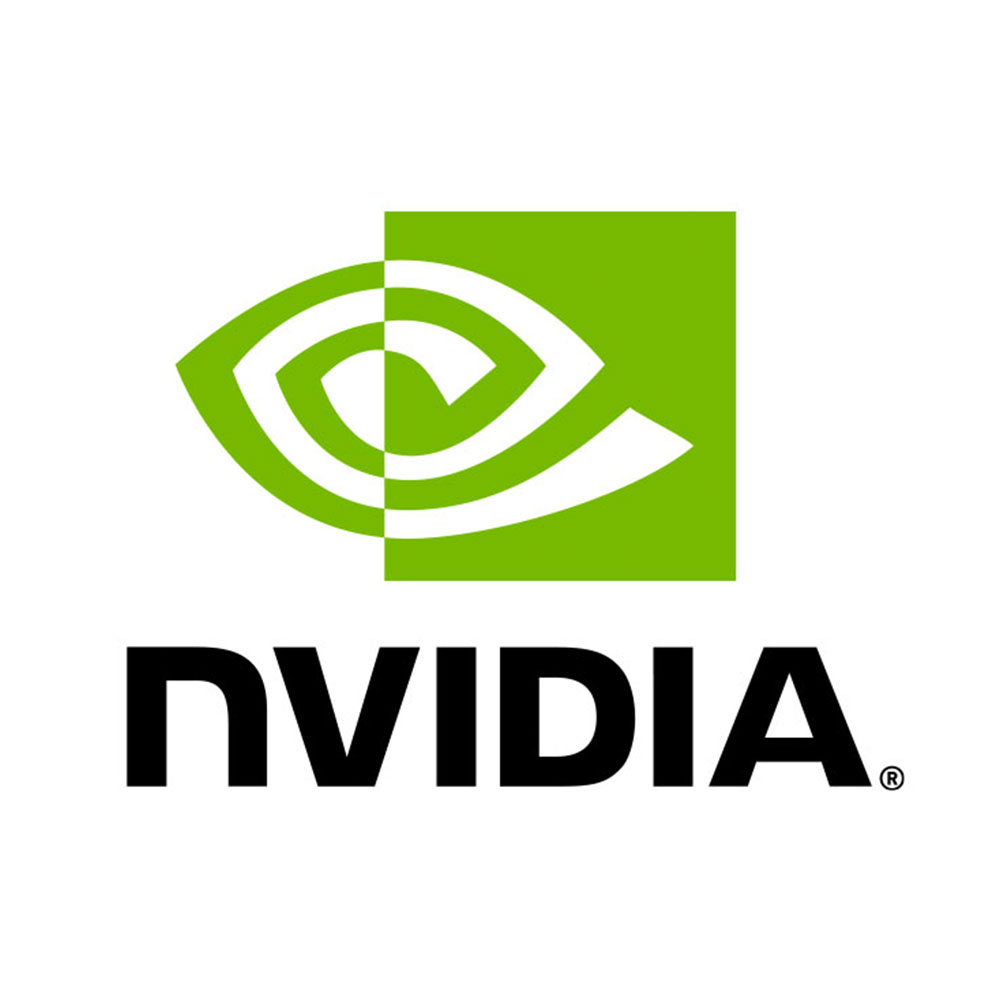Intel’s 15th generation processors, known as Arrow Lake for desktops and Lunar Lake for laptops, bring significant improvements in architecture, power efficiency, AI capabilities, and platform technologies. These new Core Ultra CPUs feature a new socket, DDR5 support, enhanced integrated graphics, and dedicated AI acceleration, shaping the future of computing for both enterprise and consumer users.
What Are the Architecture and Performance Improvements in 15th Gen Intel CPUs?
Intel’s 15th generation CPUs adopt a hybrid architecture with new Lion Cove performance cores and Skymont efficiency cores, allowing better multitasking and power efficiency. Arrow Lake desktop processors feature up to 24 cores, removing Hyper-Threading to focus on physical core performance improvements. The new Intel 20A process node (equivalent to 2nm technology) enhances transistor density, enabling higher clock speeds and better energy usage, resulting in up to 40% less power consumption and cooler operation compared to the 14th generation. The flagship Core Ultra 9 285K offers up to 5.7 GHz boost clocks and improved multi-core performance, ideal for demanding workloads like gaming and content creation.
Intel’s 15th generation processors bring major improvements, especially with their new hybrid architecture. This design combines powerful performance cores, called Lion Cove, and efficient cores known as Skymont. This change helps improve multitasking and reduce power use, making these chips more energy-efficient than previous models. The new Arrow Lake processors offer up to 24 physical cores, meaning they focus more on processing power, and they don’t rely on Hyper-Threading, which was used in older models to make each core seem like two.
The 15th generation also uses a new 20A process node, similar to a 2nm technology, which allows the transistors in the CPU to be packed tighter. This results in better energy use and allows the processors to run cooler while consuming up to 40% less power. The flagship Core Ultra 9 285K processor can reach boost speeds of up to 5.7 GHz, making it excellent for demanding tasks like gaming and content creation. WECENT provides the latest hardware solutions, including servers and CPUs, to support enterprises needing cutting-edge performance for high-demand workloads.
Which Socket and Platform Features Does Intel’s 15th Generation Use?
The 15th generation Arrow Lake desktop processors require the new LGA 1851 socket, which is incompatible with older motherboards, necessitating hardware upgrades for users moving from 14th Gen or earlier CPUs. This new socket supports advanced platform features including DDR5-6400 memory, PCIe 5.0 for faster GPUs and NVMe SSDs, and Thunderbolt 4 connectivity. The 800-series motherboards built for LGA 1851 ensure higher data transfer speeds and improved bandwidth to support the power and performance demands of Arrow Lake CPUs. Rounded out with improved thermal control managing up to 105°C junction temperatures, this platform balances power and performance for enterprise and enthusiast users alike.
How Do the Integrated Graphics and AI Capabilities Enhance 15th Gen Intel Processors?
Intel’s 15th Gen processors feature upgraded integrated graphics based on the Xe-LPG architecture, part of the Arc Alchemist graphics lineage, offering significant gaming and content creation performance boosts over previous generations. Additionally, these CPUs include a dedicated Neural Processing Unit (NPU) that accelerates AI-related tasks such as video conferencing enhancements, background noise reduction, and content upscaling. The AI acceleration capabilities streamline workflows and improve user experience in AI-driven applications, making these processors versatile for modern enterprise workloads and creative tasks.
What Differences Exist Between Arrow Lake and Lunar Lake Processors?
Arrow Lake processors target desktops and high-performance laptops with up to 24 cores and a focus on raw multi-threaded power, scaling high PCIe lanes and DDR5 DIMM support. Lunar Lake processors, designed for thin-and-light laptops, prioritize extreme power efficiency with a smaller core count, integrated LPDDR5X memory on-package, and AI capabilities exceeding 40 TOPS for Microsoft Copilot+ PC compliance. Lunar Lake excels in mobile AI workloads and battery life, while Arrow Lake delivers superior desktop performance and upgradeability with discrete GPU compatibility.
Why Is the Removal of Hyper-Threading Significant in Intel’s 15th Gen CPUs?
The removal of Hyper-Threading in Arrow Lake desktop processors marks a shift toward optimizing the performance of physical cores rather than relying on virtual multithreading. This change aims to improve power efficiency and thermal performance by allowing better workload scheduling across real cores, especially combined with the hybrid design of P-cores and E-cores. While some users may miss the multi-threading boost from Hyper-Threading, Intel’s approach focuses on delivering consistent, efficient performance gains across workloads.
How Does Intel’s 15th Generation Improve Power Efficiency and Thermal Management?
Intel’s 15th Gen CPUs benefit from the Intel 20A process, allowing more transistors in a smaller space and reducing energy consumption by approximately 40% compared to the 14th Gen. Thermal improvements include raising the maximum junction temperature to 105°C, enabling more sustained performance without throttling during intensive sessions. Enhanced power gating, efficiency cores for lighter tasks, and optimized chip design contribute to cooler operation and longer device lifespan, ideal for enterprise-class servers and demanding desktop setups alike.
What Are the Compatibility and Upgrade Considerations for 15th Gen Intel Processors?
Users upgrading to 15th Gen Intel processors must be prepared for a new socket platform requiring LGA 1851 motherboards and DDR5 memory, with no support for DDR4 or older motherboards. This necessitates investment in new motherboards and possibly newer high-speed DDR5 kits to fully realize AI and PCIe 5.0 potential. Compatibility with existing cooling solutions varies; some LGA 1700 coolers may still fit, but users should confirm support. Despite this, the platform offers future-proofing with support for newer generations, making it a forward-looking choice for enterprise IT infrastructure.
How Will Intel’s 15th Gen Processors Impact Enterprise and Consumer Markets?
Intel’s 15th Gen processors bring efficiency, performance, and intelligence improvements ideal for both enterprise-class servers and consumer desktops. Enterprises benefit from power-efficient yet powerful CPUs that reduce operational costs and support AI workloads seamlessly. Consumers and gamers gain from higher multi-core performance, better integrated graphics, and enhanced stability. Brands like Wecent emphasize these processors for reliable server deployment and high-performance workstations, combining cutting-edge technology with trusted hardware partners for scalable IT solutions.
What Unique Platform Features Differentiate Intel 15th Gen Machines?
The 15th Gen platform introduces PCIe 5.0 for double the data bandwidth compared to PCIe 4.0, enhancing GPU and storage device performance. DDR5 memory support at speeds up to 6400 MT/s ensures faster data access for intensive workloads. New 800-series motherboards paired with LGA 1851 sockets incorporate Thunderbolt 4 for fast external connectivity and are designed with enhanced power delivery for stable overclocking. These features ensure the platform is ready for next-generation computing demands involving AI, 3D rendering, and virtualization.
Wecent Expert Views
“Intel’s 15th Generation processors represent a pivotal step in computing evolution, blending unprecedented power efficiency with robust AI capabilities. From Wecent’s perspective, these CPUs enable enterprises to deploy servers and workstations that maximize performance per watt—a critical factor in reducing operational costs while scaling AI-driven applications. The new platform’s embrace of DDR5 and PCIe 5.0 ensures readiness for the data-intensive workloads of tomorrow, making this generation ideal for businesses focused on innovation and sustainability.” — Senior IT Solutions Architect, Wecent
Also check:
What Are the Key Features and Benefits of Intel’s 15th Generation Machines?
What Are the Real Benefits of Intel 15th Gen and Why Upgrade Now?
What Is Intel 15th Gen and Why It Matters for PC Performance?
What Does the Intel 15th Gen Lineup Offer in 2025?
Conclusion: Key Takeaways and Actionable Advice
Intel’s 15th Generation Machines, represented by Arrow Lake and Lunar Lake processors, set new standards in efficiency, AI integration, and platform advancement. Users seeking desktop performance gains will appreciate Arrow Lake’s multi-core strength and upgraded graphics, while mobile users gain with Lunar Lake’s power efficiency and AI acceleration. Upgrading to LGA 1851 motherboards with DDR5 memory unlocks these features, offering future-proofing for enterprise IT and demanding consumer applications. Wecent, with its deep expertise in enterprise-class servers and IT solutions, highly recommends considering 15th Gen Intel CPUs for next-generation infrastructure planning to balance performance, cost, and power consumption effectively.
Frequently Asked Questions
What is the new socket for Intel 15th Gen processors?
They use the LGA 1851 socket, requiring new compatible motherboards and DDR5 RAM.
Do 15th Gen Intel CPUs support DDR4 memory?
No, they exclusively support DDR5 memory standards.
What is the Neural Processing Unit (NPU) used for?
The NPU accelerates AI-related tasks such as video enhancements and background noise reduction.
Are 15th Gen Intel processors good for gaming?
They offer competitive gaming performance with improved integrated GPUs but may slightly trail some AMD models in specific games.
Will the new processors improve enterprise server efficiency?
Yes, thanks to power efficiency gains and AI support, they reduce operating costs while boosting computational throughput.
What are the key features of Intel’s 15th generation processors?
Intel’s 15th generation processors, including Arrow Lake (desktop) and Lunar Lake (laptop), feature an enhanced hybrid architecture with performance and efficient cores, integrated Neural Processing Unit (NPU) for AI acceleration, upgraded graphics, and support for DDR5 memory and PCIe 5.0. These features enhance performance, efficiency, and multitasking.
How does the NPU in Intel’s 15th gen improve performance?
The Neural Processing Unit (NPU) in Intel’s 15th gen CPUs accelerates AI tasks while minimizing power usage. This enables faster AI inference and enhances overall system responsiveness, making tasks like content creation and gaming smoother and more efficient.
What benefits does Intel’s 15th gen offer for gaming?
Intel’s 15th gen processors provide enhanced graphics with new Xe LPG integrated graphics, improving gaming performance. With dynamic adjustments to graphics settings and smoother frame rates, gamers experience more fluid and visually appealing gameplay.
How does the hybrid architecture of Intel’s 15th gen work?
The hybrid architecture combines performance cores (P-cores) and efficient cores (E-cores) to optimize task distribution. Demanding tasks are handled by the P-cores, while background processes are managed by the E-cores, leading to improved overall performance and efficiency.
Why is power efficiency important in Intel’s 15th gen?
Intel’s 15th gen processors incorporate advanced power management technologies, reducing power consumption and thermal output. This results in quieter, cooler systems and better energy efficiency, crucial for long-term performance and reduced environmental impact.
How does Intel’s 15th gen improve multitasking?
Intel’s hybrid architecture, coupled with the NPU, allows the CPU to intelligently manage demanding tasks and background operations simultaneously. This results in better multitasking performance, enabling users to run multiple applications or workflows without significant slowdowns.
What impact does DDR5 and PCIe 5.0 have on Intel’s 15th gen?
DDR5 memory and PCIe 5.0 support enable faster data transfer speeds, improving load times for applications and games. This results in higher system responsiveness, quicker file access, and better performance for tasks requiring high bandwidth.
How future-proof is Intel’s 15th gen for upcoming technology?
Intel’s 15th gen processors are designed with future technologies in mind, including support for DDR5 memory, PCIe 5.0, and AI workloads. These features ensure compatibility with the latest hardware and software, making it a solid investment for long-term computing needs.



